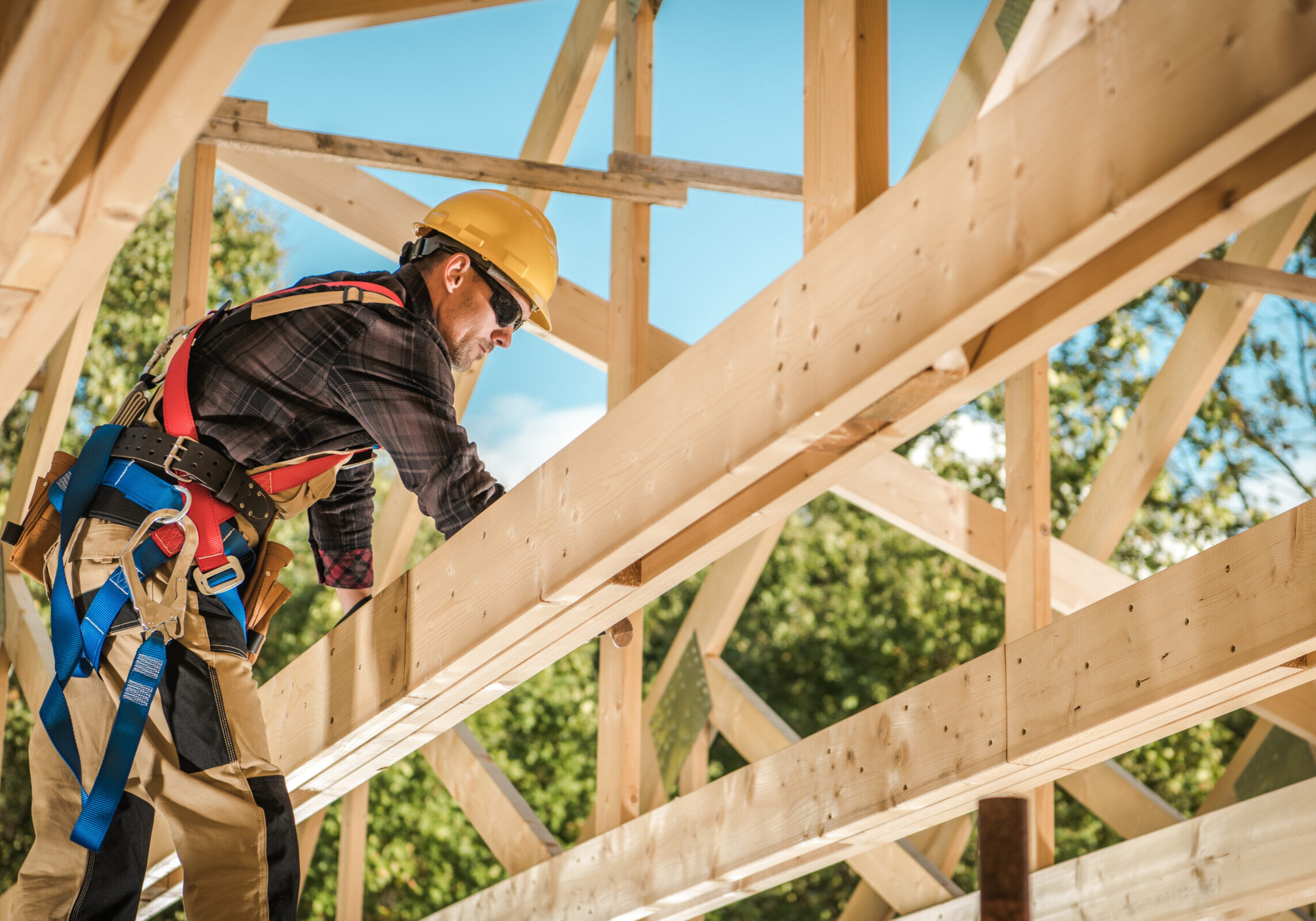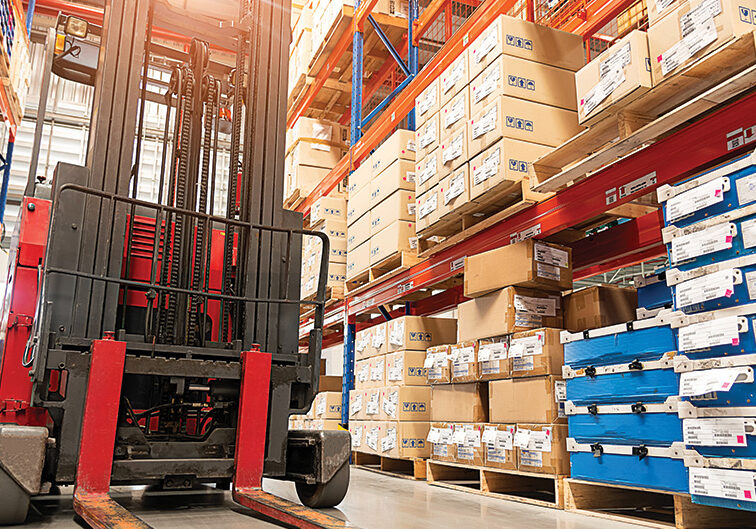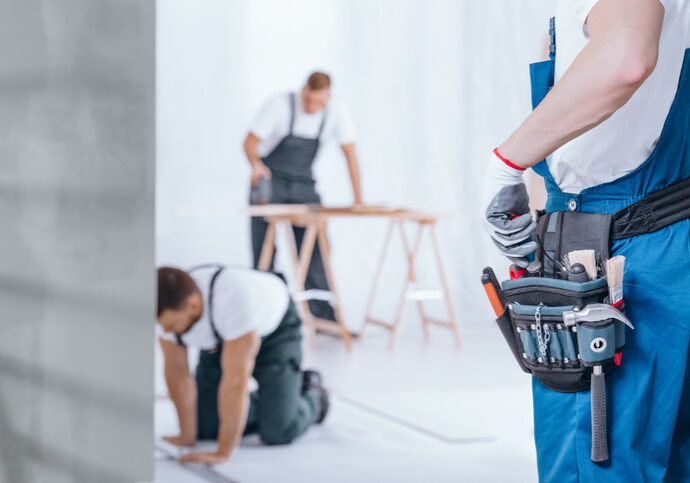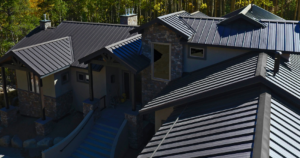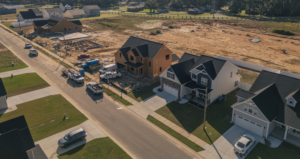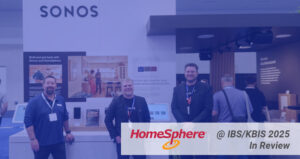Lennar Adopts Smart Home Technology and What that Means for Local and Regional Builders
Published: May 2, 2018
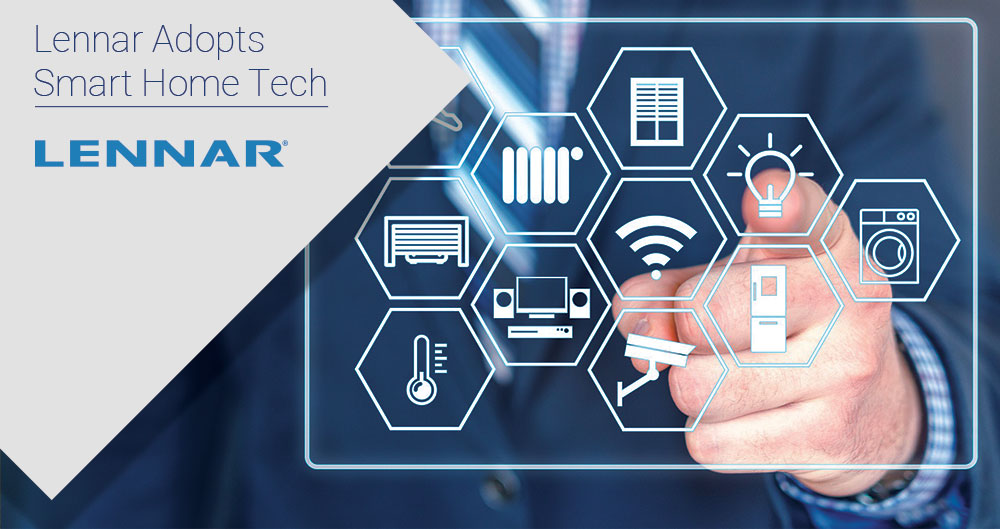
Lennar recently announced they’ve begun installing smart home technology in their houses at no upgrade cost to the buyer. And just like that, the ante for smart home adoption among builders has been raised across the industry.
Lennar has figured out a way to bundle a variety of technologies to create a turnkey smart home solution for buyers. What’s more, they’ve figured out how to do it on the cheap.
The implication is huge for local and regional home builders.
It’s only a matter of time before the other national builders adopt similar smart home solutions and pricing. This will make it harder for local and regional builders to compete.
Soon builders will find themselves showing their houses alongside the fully-enabled smart homes of the national builders. Those who fail to adopt smart home technology will risk their houses looking dumb by comparison.
But there’s a second problem. Even builders who do adopt smart home tech will have to pay a premium for these products. And with margins already thin, this could be an unexpected expense when material and labor costs are increasing by the month.
A strategy for builders to adopt smart home technology
The home building industry is finally beginning to see the benefits of offering standard smart home solutions. And with Lennar making the transition at no cost to the buyer, that trend will continue to accelerate.
Here’s how Lennar’s smart home solution works. They’ve partnered with Ring, Honeywell, Kwikset, Lutron, and Samsung to supply smart home devices and appliances. Then, to cut down on the number of apps a user needs, Lennar is using Amazon Alexa and Samsung’s SmartThings to get all of the products talking to each other.
The good news for local and regional builders?
Even though Lennar has a head start, it’s still early in the race. Builders who start preparing for the smart home revolution now will be in a much better position to survive and thrive when everything from your toilette to your fridge can talk to each other.
So what’s the first step builders should take?
When it comes to installing smart home devices and appliances, choose utility over novelty. Focus on technology that homeowners will still value ten years out, things that won’t quickly become dated.
A safe bet would be to install technology like automated lighting and smart thermostats. For these devices, their functionality has pretty much peaked. New bells and whistles will no doubt be added, but at their core, the lights will still turn on and off remotely and the smart thermostat will still adjust to household use.
Other safe categories builders should consider are smart speakers, connected appliances, as well as smart locks and cameras.
A word of caution, though. Be sure that the smart home appliances you install are platform agnostic. Digital assistants like Amazon Alexa, Google Assistant, Apple’s Siri, and Microsoft’s Cortana will be the brains behind how we control our smart home devices.
However, we’re still early in the adoption phase of digital assistants and it’s too soon to tell which digital assistant will reign supreme. Until a clear winner emerges, make sure your devices can be controlled by all digital assistants.
Competing on smart home prices
By adopting smart home tech, you’ll at least be able to match Lennar and the other national builders in terms of smart home capabilities.
But large builders can purchase these products in volume to keep prices down.
The best way to counter their advantage is by banding together with other builders to increase your perceived size with the manufacturer.
Joining a community like HomeSphere or a builder buying group can level the playing field and help keep costs down.
We’ve entered a brave new world of smart home technology. The question is, will you as a builder be ready for it?

